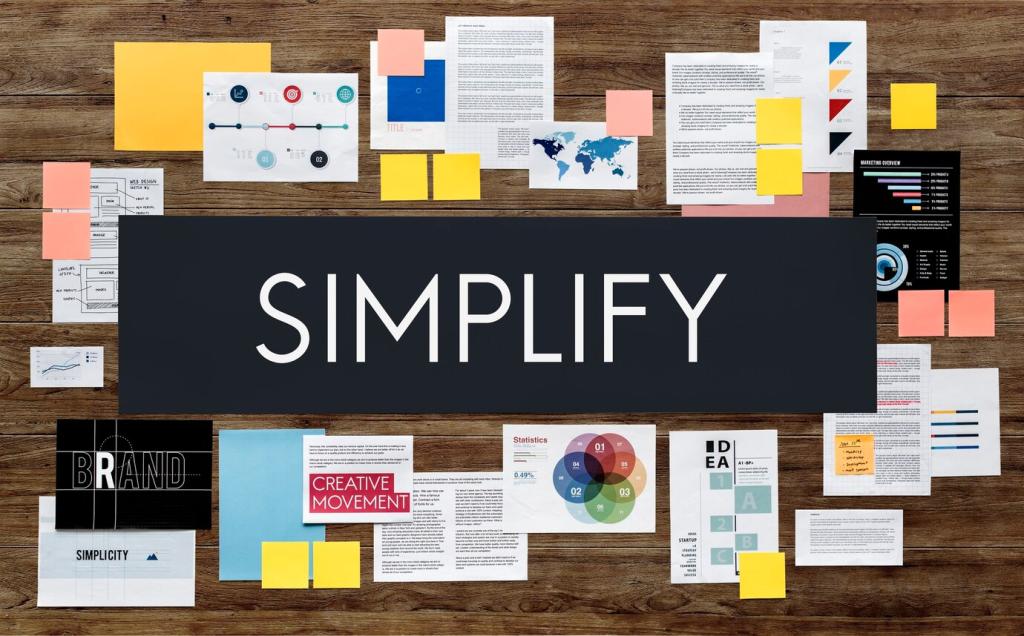Taxes and Compliance Without the Panic
Reconcile bank and credit card accounts monthly, tag transactions consistently, and store digital receipts. Clean books reduce tax prep time, reveal deductions early, and help advisors give precise, money‑saving recommendations when it matters.
Taxes and Compliance Without the Panic
Mark due dates on your calendar, set aside funds weekly, and verify nexus rules for sales tax if you sell across states. Proactive planning protects cash and avoids penalties that quietly drain scarce growth resources.










